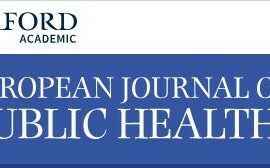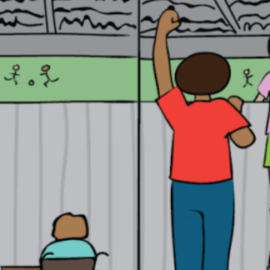
Leen De Kort, Jonas Wood, Edwin Wouters & Sarah Van de Velde
Archives of Public Health, Volume 79, Article number: 140 (2021)
Abstract
Background
The COVID-19 pandemic and the national COVID-19 measures might have increased potential barriers to abortion care and created new ones, especially for vulnerable groups. This study documents the impact of the pandemic and the lockdown measures on the profile of people going through the abortion process.
Methods
Using anonymized patient records from a Belgian abortion centre, we first compared the number of abortion requests and procedures during the first COVID-19 lockdown with the same months in the five preceding years. Next, we analysed the social profile of people requesting an abortion in those two time periods and looked at the number of long-acting reversible contraceptive devices (LARC) placed after curettage.
Results
The abortion centre saw a drop in the number of abortion requests during the lockdown. This difference was more pronounced for people in paid employment and people using (modern) contraception. People were also more likely to request an abortion earlier in their pregnancy. The drop in abortion procedures and LARC’s placed after curettage was proportionate to the drop in abortion requests and did not differ according to clients’ characteristics.
Conclusion
Questions arose concerning the potential selectivity with which COVID-19 influenced the need for abortion care and accessibility to services. Although there was a general drop in abortion requests and procedures during the first COVID-19 lockdown in the studied abortion centre, our results suggest that the profile of people requesting and receiving an abortion did only slightly change during the lockdown, and did not affect vulnerable groups visibly harder.



